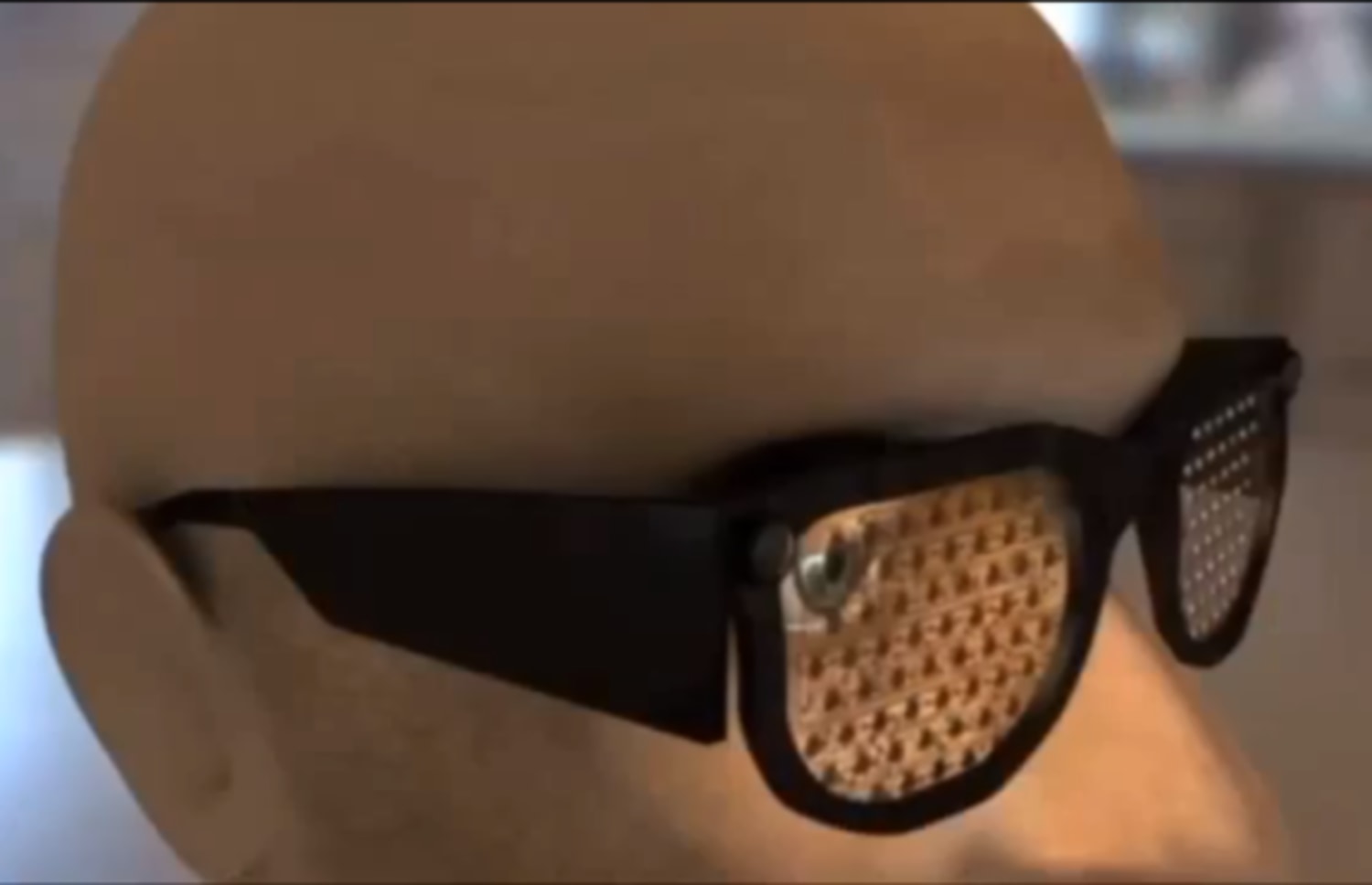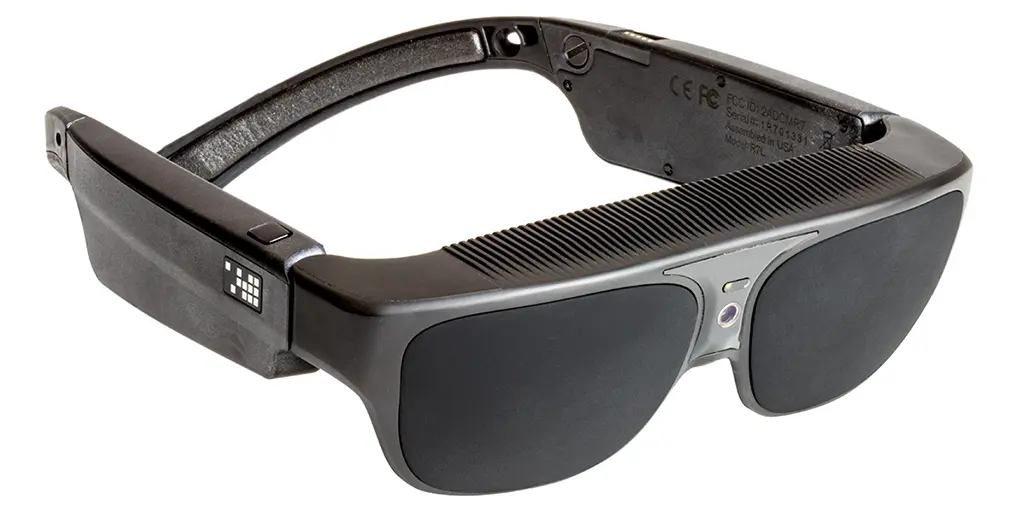Empowering Independence With Assistive Innovation for the Blind
The integration of assistive innovation for individuals that are visually impaired or blind stands for a substantial advancement in promoting independence and improving top quality of life. With a variety of devices-- from display visitors to ingenious responsive devices-- these modern technologies not just assist in navigation and interaction however also promote social addition and involvement in different facets of life.
Comprehending Assistive Innovation
Although assistive innovation has evolved significantly for many years, its essential purpose stays the exact same: to enhance the lifestyle for people with handicaps, particularly those who are blind or aesthetically damaged. This modern technology includes a wide variety of devices and devices that assist in self-reliance and performance in everyday activities.
Assistive innovation can be classified into low-tech and state-of-the-art options, each developed to satisfy details requirements. High-tech tools typically include software applications, specialized hardware, and adaptive tools that utilize innovative innovation to give assistance in numerous contexts. Conversely, low-tech solutions may include day-to-day items that are modified to improve access, such as magnifiers or tactile markers.
The combination of assistive technology into the lives of individuals who are blind or visually harmed not only advertises freedom but likewise promotes social addition and engagement in educational and specialist environments. By leveraging these innovations, users can browse their surroundings, accessibility details, and connect efficiently, therefore boosting their overall quality of life. Recognizing assistive innovation is essential for caretakers, supporters, and professionals who aim to sustain individuals in maximizing their possible and attaining better self-reliance.
Sorts Of Assistive Tools
Assistive gadgets for the aesthetically damaged and blind are necessary tools that improve daily obeying resolving particular obstacles encountered by individuals. These devices can be extensively categorized into three primary types: optical tools, electronic devices, and sensory gadgets.

Sensory gadgets, such as Braille display screens and tactile maps, give alternative ways to obtain details. Braille shows convert digital message right into Braille, allowing individuals to go through touch. Responsive maps supply spatial understanding with increased lines and textures, permitting much better environmental awareness.
Together, these assistive devices equip individuals with visual problems to involve more completely with their environments, advertising better independence and self-confidence in day-to-day activities.

Influence On Every Day Life
The integration of assistive innovation right into the daily lives of people that are blind or aesthetically damaged substantially boosts their ability to connect and browse with the globe around them. Gadgets such as display visitors, Braille shows, and mobile applications promote access to information, permitting individuals to engage with digital web content, interact effectively, and take care of day-to-day jobs individually.
Moreover, modern technologies like clever glasses and navigating applications offer real-time aid in strange settings, improving flexibility and confidence. These devices make it possible for customers to determine barriers, read indicators, and even identify faces, thus cultivating a feeling of autonomy in public areas. In addition, home automation systems, which can be controlled via voice commands, allow people to manage their living atmospheres more efficiently, boosting convenience and safety and security.
The influence of assistive innovation expands past sensible jobs; it promotes social inclusion and emotional well-being. By linking the space in between individuals and their environments, these modern technologies equip customers to get involved completely in community tasks, pursue educational possibilities, and participate in meaningful relationships. Eventually, the advancement of assistive modern technology is important in redefining the opportunities for people who are aesthetically damaged or blind, resulting in a much more available and inclusive culture.
Success Stories and Testimonials

One more powerful testimonial comes from Mark, a recent university graduate who utilized screen analysis software application throughout his academic journey. This modern technology allowed him to accessibility program products and take part in discussions, ultimately resulting in his effective transition right into the workforce. Mark credit histories assistive innovation for encouraging him to attain his career objectives, emphasizing its duty in leveling the having fun field for individuals with visual disabilities.
In addition, area centers have actually reported increased involvement in their programs many thanks to the intro of available electronic systems. These platforms have made it less complicated for individuals to attach, share resources, and assistance one another. These success stories jointly highlight the profound effect of assistive technology in fostering freedom, enhancing top quality of life, and damaging down obstacles for the blind and visually damaged area.
Future Fads in Assistive Tech
Arising innovations are poised to reinvent the landscape of assistive tech for individuals that are blind or visually damaged. Developments in expert system (AI) and artificial intelligence are enhancing the abilities of devices, allowing even more user-friendly user experiences. AI-driven applications are progressively able to check out and identify things message out loud in real-time, offering customers with important clinical optometry meaning details regarding their surroundings.
Additionally, advancements in browse around this web-site wearable innovation are producing brand-new possibilities for independence. Smart glasses outfitted with increased reality features can overlay critical info onto the user's visual field, promoting navigating and communication with the setting. Additionally, the combination of Internet of Things (IoT) gadgets is improving ease of access in smart homes, permitting users to regulate home appliances and get alerts through voice commands or responsive interfaces.
The advancement of braille screens and tactile feedback systems is also increasing, advertising accessibility to digital web content and enhancing interaction. As these technologies remain to progress, they promise to boost daily living, instructional possibilities, and employment potential customers for individuals with visual impairments. Continual collaboration in between technologists, individuals, and campaigning see this for groups will be vital in guaranteeing these technologies meet the demands of the community successfully.
Conclusion
In conclusion, assistive modern technology plays a critical role in boosting the self-reliance of people that are blind or aesthetically impaired. By providing vital devices and resources, these innovations promote boosted navigation, accessibility, and communication to info, consequently cultivating freedom and self-esteem. The transformative influence of assistive gadgets not just promotes effective interaction with the atmosphere but additionally urges social incorporation and engagement in numerous elements of life, ultimately empowering users to flourish within their neighborhoods.
The combination of assistive modern technology for people who are blind or visually impaired represents a considerable advancement in cultivating freedom and boosting top quality of life.The combination of assistive technology right into the lives of individuals that are blind or visually harmed not only promotes freedom but likewise promotes social inclusion and involvement in professional and academic settings. Inevitably, the innovation of assistive innovation is crucial in redefining the opportunities for people who are blind or visually impaired, leading to a much more inclusive and easily accessible society.
Numerous people that are blind or aesthetically damaged have shared inspiring success tales that highlight the transformative impact of assistive modern technology on their lives.In final thought, assistive technology plays an essential duty in enhancing the self-reliance of individuals that are aesthetically damaged or blind.